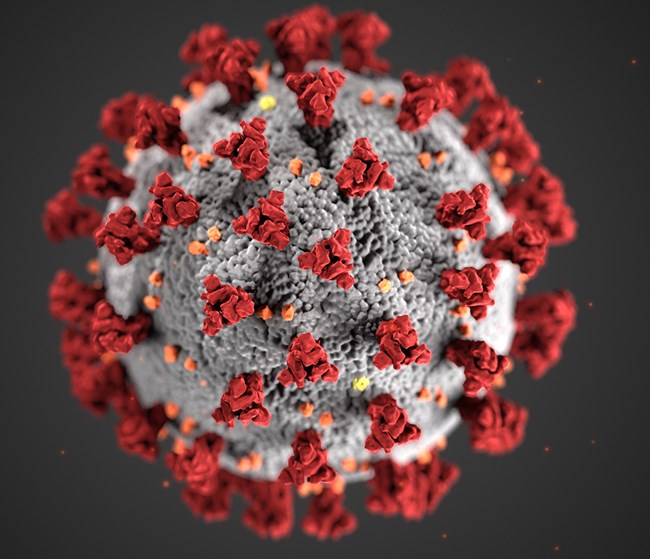
We use real COVID-19 data from January 22, 2020 until February 11, 2021, provided by the Johns Hopkins University Center for Systems Science and Engineering.
First, we do some exploratory data analysis, but the main goal is to use the data to fit the SIRD model parameters via least squares, and then visualize and compare the solution to the fitted model with the actual data.
In this talk, we focus on the computational aspects of the project. We use the R programming environment with RStudio, where we can create an interactive R Markdown notebook and generate a PDF report with the project narrative, LaTeX expressions, code, numerical and graphical results, all seamlessly knitted into the final report.